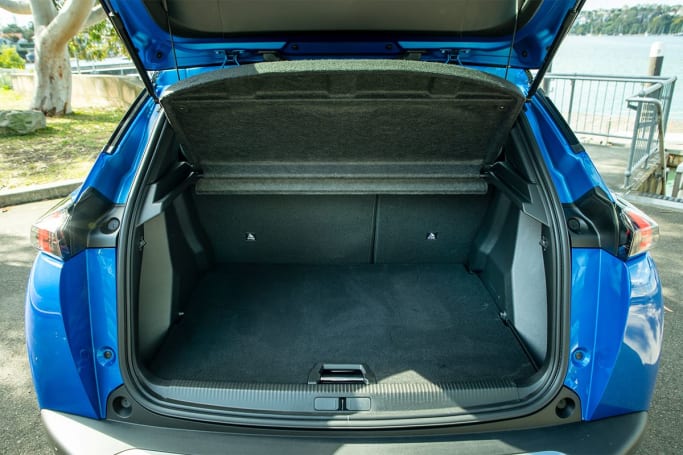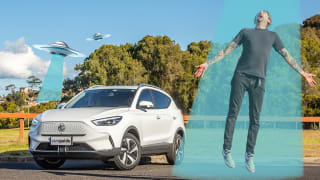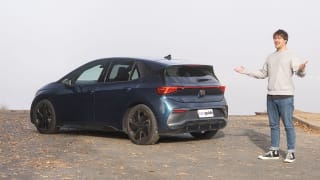Price is always a tough one for new electric vehicles, and the e2008 is no different. Peugeot’s strategy is to offer its first passenger EV in one top-spec grade with all the bells and whistles at a $59,990, before on-roads, price-tag.
This places it between the enormously popular Tesla Model 3 RWD ($57,400) and MG ZS EV Long Range ($55,990), and the Nissan Leaf e+ ($61,490) or Mini Cooper SE ($65,325). It also shares a price tag with the Cupra Born.
Lots of great and diverse electric options, and this premium small SUV space is set to heat up very soon with the introduction of the keenly priced Volvo EX30 ($59,990) as well as this car’s European arch-rival, the Renault Megane E-Tech ($64,990).

With such hot competition in such a narrow price range, it’s a tough spot this little SUV finds itself in. The single GT spec it’s offered in is quite nice, though, living up to the brand’s self-imposed semi-premium positioning.
Standard stuff includes sensibly-sized 18-inch alloy wheels, a 10-inch digital instrument cluster with a holographic 3D effect, and a 10-inch multimedia touchscreen with Apple CarPlay and Android Auto connectivity via USB, a 180-degree parking camera view, built-in sat-nav and interior ambient lighting with colour selection.

There's also LED headlights and fog lights with adaptive high beams, bolstered sports front seats with a mix of Alcantara synthetic suede and synthetic leather, plus electric adjust for the driver, heated seats for the front two positions, dual-zone climate control, a half-length sunroof, keyless entry and push-start ignition, as well as the full suite of available active safety items. More on this later.

Missing things include wireless phone charging, wireless phone mirroring, a head-up display, and specifically for an EV, V2L (the ability to power external devices via the charging port). Some rivals offer these at the price, but it’s hardly deal-breaking stuff.

It looks and feels great, every bit the semi-premium SUV it should be at this price, but I can’t help but feel it isn’t going to convince anyone who isn’t already a fan of European 'alternative' cars. Perhaps it will lure in some sick of waiting for the Volkswagen ID.3 and ID.4.




















